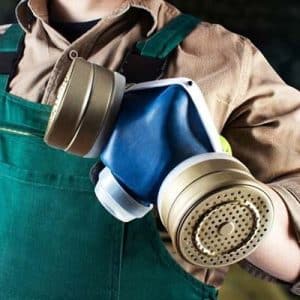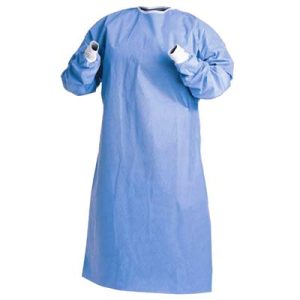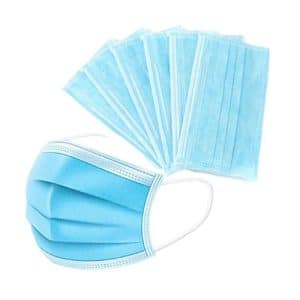Description
Safety shoes and safety helmets are essential personal protective equipment (PPE) designed to protect workers from potential hazards in the workplace. Here are key considerations for each:
Safety Shoes:
- Protection: Safety shoes are designed to protect the feet from various workplace hazards, including heavy objects, sharp materials, electrical hazards, and slippery surfaces.
- Toe Protection:
-
- Steel-toe safety shoes have a protective cap over the toes to prevent crushing injuries.
- Composite-toe and alloy-toe options provide lighter alternatives while maintaining protective features.
- Sole Design:
-
- Slip-resistant soles reduce the risk of slipping and falling.
- Some shoes have puncture-resistant soles to protect against sharp objects.
- Electrical Hazard Protection:
-
- EH-rated safety shoes provide protection against electrical hazards.
- Comfort and Fit:
-
- Comfort features, such as padded collars and insoles, improve wearability.
- Proper fit is crucial to ensure effectiveness and comfort during long periods of use.
- Materials:
-
- Leather and synthetic materials are commonly used for durability and flexibility.
- Industry-Specific Requirements:
-
- Different industries may have specific safety shoe requirements based on the nature of the work.
Safety Helmets:
- Head Protection:
-
- Safety helmets, also known as hard hats, are designed to protect the head from falling objects, impacts, and electrical hazards.
- Shell Material:
-
- Hard hats are made from materials like high-density polyethylene (HDPE) or acrylonitrile butadiene styrene (ABS) for impact resistance.
- Suspension System:
-
- The suspension system inside the helmet provides a comfortable fit and helps absorb impact energy.
- Helmet Types:
-
- Type I helmets provide protection to the top of the head.
- Type II helmets provide additional protection to the sides.
- Accessories:
-
- Helmets may have accessories such as face shields, earmuffs, or additional lighting for specific job requirements.
- Color Coding:
-
- Color-coded helmets are often used to indicate different roles or levels of responsibility on a worksite.
- Certification:
-
- Helmets should meet safety standards, such as those established by organizations like ANSI (American National Standards Institute) or EN (European Norms).
- Regular Inspection:
-
- Helmets should be regularly inspected for signs of wear, damage, or deterioration.
Both safety shoes and safety helmets are crucial components of workplace safety, and employers should provide PPE suitable for the specific hazards present in the workplace. Regular training on the proper use and care of PPE is also essential to ensure worker safety.















Reviews
There are no reviews yet.